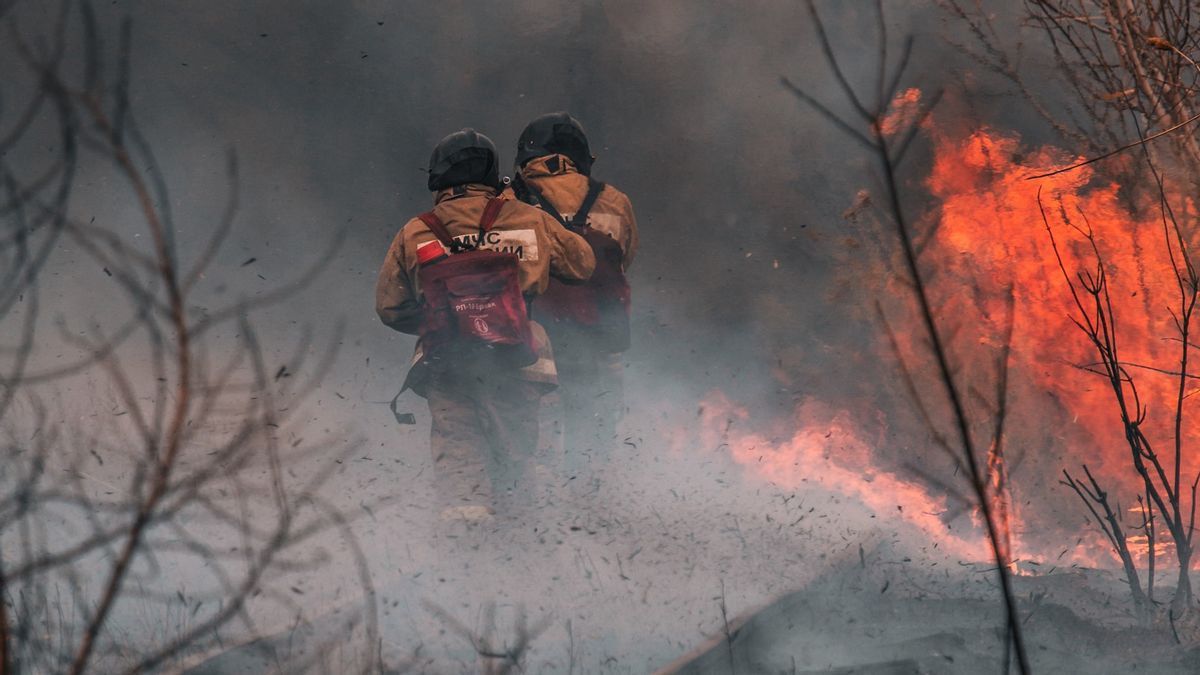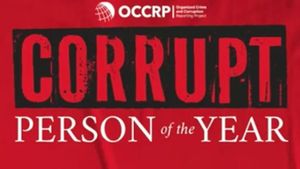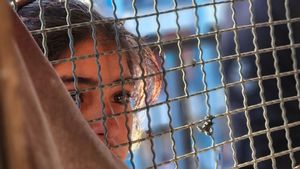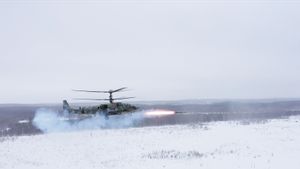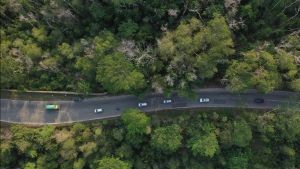JAKARTA - Australia's forest fires are not getting better. For animals, things are much worse. The impact was even worse than predicted. Nearly three billion animals were killed and displaced.
A report said that at that number, the deaths and number of stray animals in Australia were nearly three times the estimates released in January. Reported by CNN, that figure includes 143 million mammals, 2.56 billion reptiles, 180 million birds and 51 million frogs.
The World Wide Fund for Nature (WWF) explains, of the many animals, reptiles are the most affected. The reason is that the ratio of their number per hectare is far more than that of mammals or birds.
"The temporary findings are surprising. It is difficult to think of any other event in the world in living memory that has killed or displaced so many animals," said WWF-Australia CEO Dermot O'Gorman. "It ranks as one of the worst wildlife disasters in modern history."
Worst fire
With more than 15,000 fires in every Australian state, this is the worst fire season on record, according to the report. Researchers are still working to finalize a report titled The 2019-2020 Wildfires in Australia: The Wildlife Toll. However, that three billion figure probably won't change.
The research was carried out by scientists from many universities, from the University of Sydney, the University of New South Wales, Newcastle University, Charles Sturt University, and BirdLife Australia.
"When you think about the nearly three billion native animals on the path of fire, this is really big, it's a number that's hard to understand," said University of Sydney professor who supervised the study, Chris Dickman.
Project leader, Lily Van Eeden, who is also from the University of Sydney, said the latest report will look at the impact of the fires on more than 11.46 million hectares (28.32 million hectares).
"We believe a continent-wide assessment of the number of animals that may be affected has never been carried out in Australia before or anywhere in the world ... Other countries can build on this research to improve understanding of the effects of wildfires everywhere," he said.
Based on the study, Dickman called for policy changes, especially to stop "manual clearing of land." This is important to reduce the risk of large fires that deplete native biodiversity.
The authors are calling for increased habitat connectivity so that animals can get off the fire path. The report also said that a wildlife rapid response team should be formed "which will act to reduce the impact on threatened species."
Previous research concluded that there is now a significant and immediate threat of extinction to the Australian koala population following the fires. At least five thousand koalas are thought to have died, according to a report released by the global conservation group International Fund for Animal Welfare in March.
The English, Chinese, Japanese, Arabic, and French versions are automatically generated by the AI. So there may still be inaccuracies in translating, please always see Indonesian as our main language. (system supported by DigitalSiber.id)
